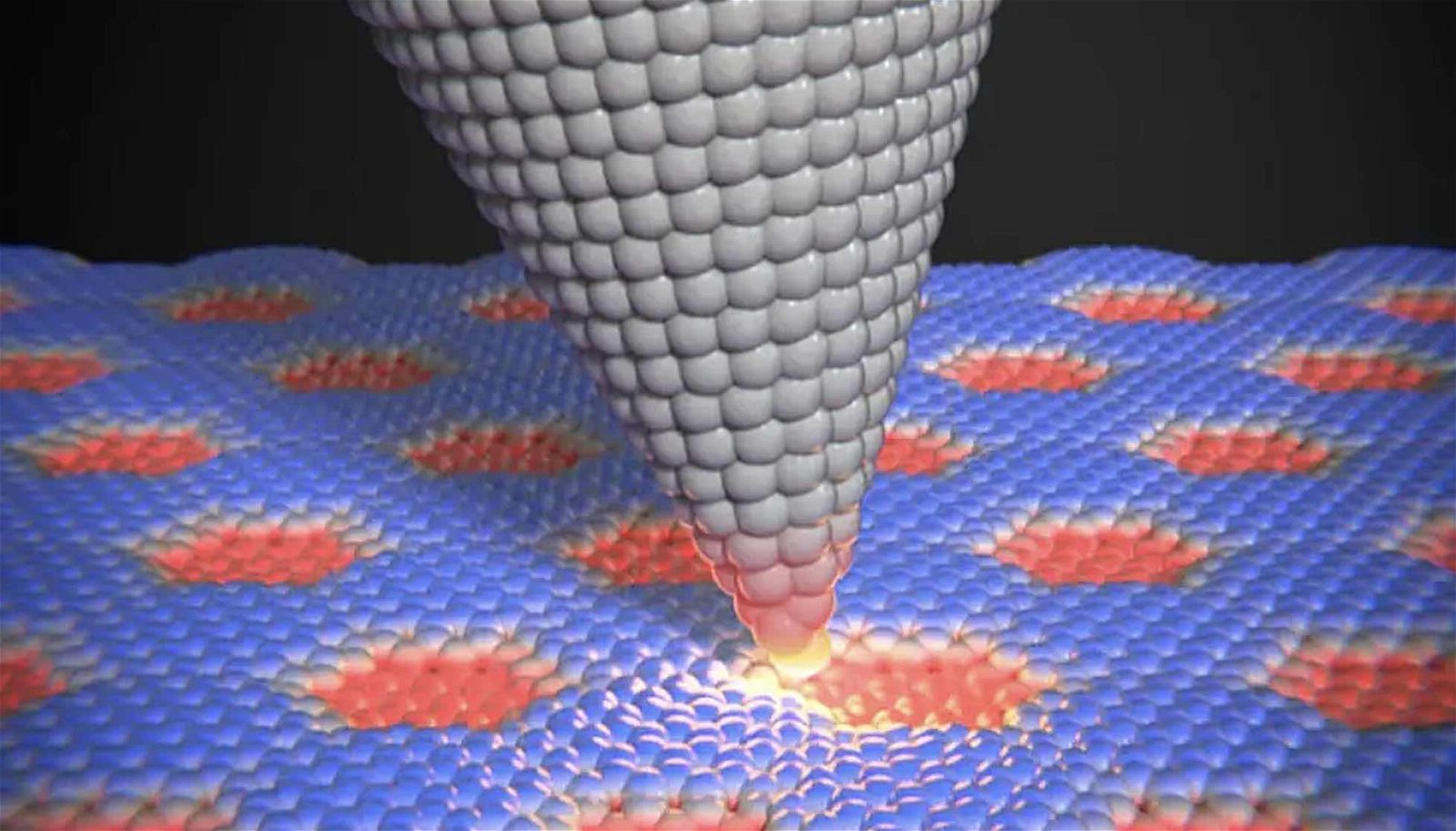A discovery involving variance in friction at different speeds between two different kinds of surfaces seemingly defies an experimental law of physics, according to newly published research.
An international team of researchers with the University of Basel and Tel Aviv University report that friction between graphene structures against platinum surfaces appears to vary with speed, an observation which they say seemingly defies Coulomb’s law.
Named after French physicist Charles-Augustin de Coulomb, who in 1785 first published his observations involving the measurement of amounts of force between electrically charged particles in stationary positions, Coulomb’s inverse-square law involves the forces that are generated between a pair of charged objects. Fundamentally, as distance increases between the objects, the forces and electrical fields created between them decrease.
This experimental law of physics served as a fundamental component in the evolving theory of electromagnetism in the late 18th century by helping to provide a framework for the discussion of electric charge quantities. Today, the electric force present between a pair of charged bodies at rest is thereby known as the “Coulomb force” or, more simply, electrostatic force.
However, experiments carried out by the Basel and Tel Aviv research team may now present an unexpected challenge to our long-held understanding of the law.
With common uses ranging from antimicrobial and anti-static clothing fibers to electronics, energy, and defense applications, graphene is an allotrope of carbon consisting of a single layer of atoms that have a honeycomb-like arrangement. Such materials composed of single atomic layers possess extremely low friction, which makes them ideal for use as a lubricating surface between moving components in spacecraft.
When placed in contact with surfaces composed of the rare-earth metal platinum, graphene is known to be able to exert considerable influence on friction forces. According to newly published research by the international team, they report surprising new findings related to the movement of graphene across a platinum surface which is not dependent on speed, a finding that seemingly falls out of step with our expectations based on Coulomb’s law.
According to the team’s paper, “Friction force microscopy experiments on moiré superstructures of graphene-coated platinum surfaces demonstrate that in addition to atomic stick–slip dynamics, a new dominant energy dissipation route emerges.” Specifically, moiré superstructures (also known as Moiré superlattices) are a result that occurs as graphene, employed in conjunction with a platinum substrate the likes of which the team used in their research, ceases to form its trademark “honeycomb” configuration of carbon atoms. The resulting surface becomes considerably rougher and no longer possesses its perfectly flat exterior.
Dr. Ernst Meyer, a professor at the Swiss Nanoscience Institute and the University of Basel Department of Physics and one of the paper’s co-authors, says that moving the graphene tip across the rough surface at slow speed allowed the team to “measure a weak and almost constant frictional force.”
According to their paper, the researchers report that two factors account for observed variance in frictional velocity measurements. One involves the small and almost constant friction force at lower velocities, while the other has to do with logarithmic increases in friction with velocity when exceeding certain thresholds the researchers were able to identify.
“Above a certain threshold, however, the friction then increases with the speed of the AFM tip,” said Dr. Yiming Song, lead author of the paper. “The larger the Moiré superstructure, the lower the threshold at which the friction becomes speed-dependent,” Song said in a statement.
Based on their research, greater resistance was measured along the ridges of the Moiré superstructures as the graphene tip moved across them, where elastic deformation occurs as a result of pressure from contact with the tip. The result is a larger amount of frictional force, which increases with the speed at which the tip moves, an observation complemented by simulations and models that the team says helped them confirm their experimental findings. Thus, another long-held law of physics becomes the recipient of new challenges from innovative research.
“Based on the measurements and simulation results, a phenomenological model is derived,” the team says in their recent paper, which they say allowed them to produce calculations of friction under a range of different experimental conditions measured at room temperature, thus helping to provide “excellent agreement with experimental observations.”
The team’s paper, “Velocity Dependence of Moiré Friction,” was published in the journal Nano Letters in November.

